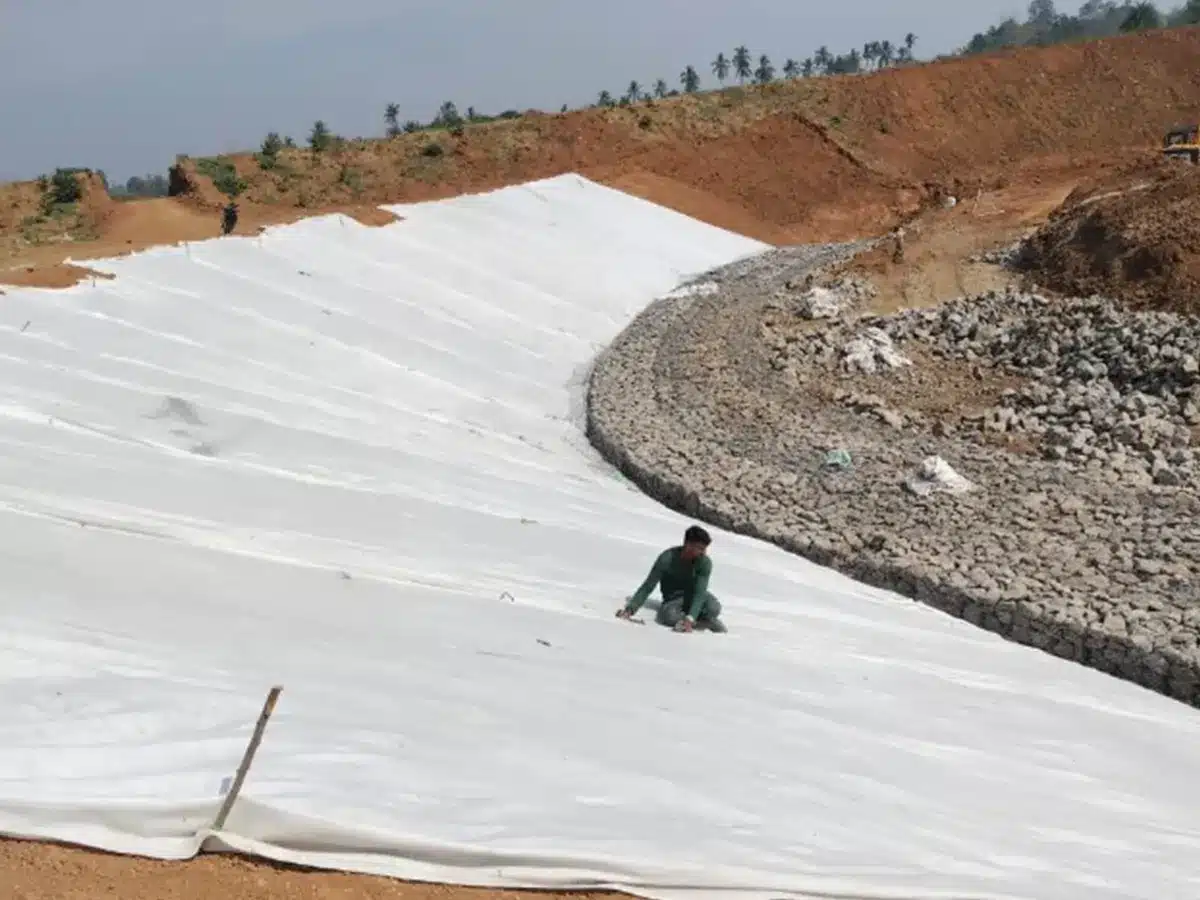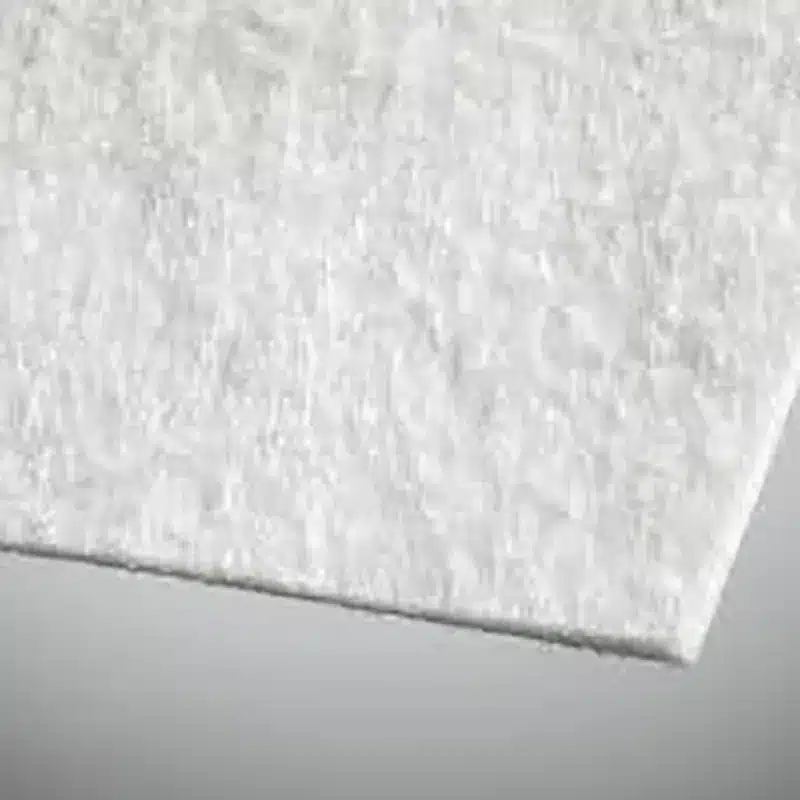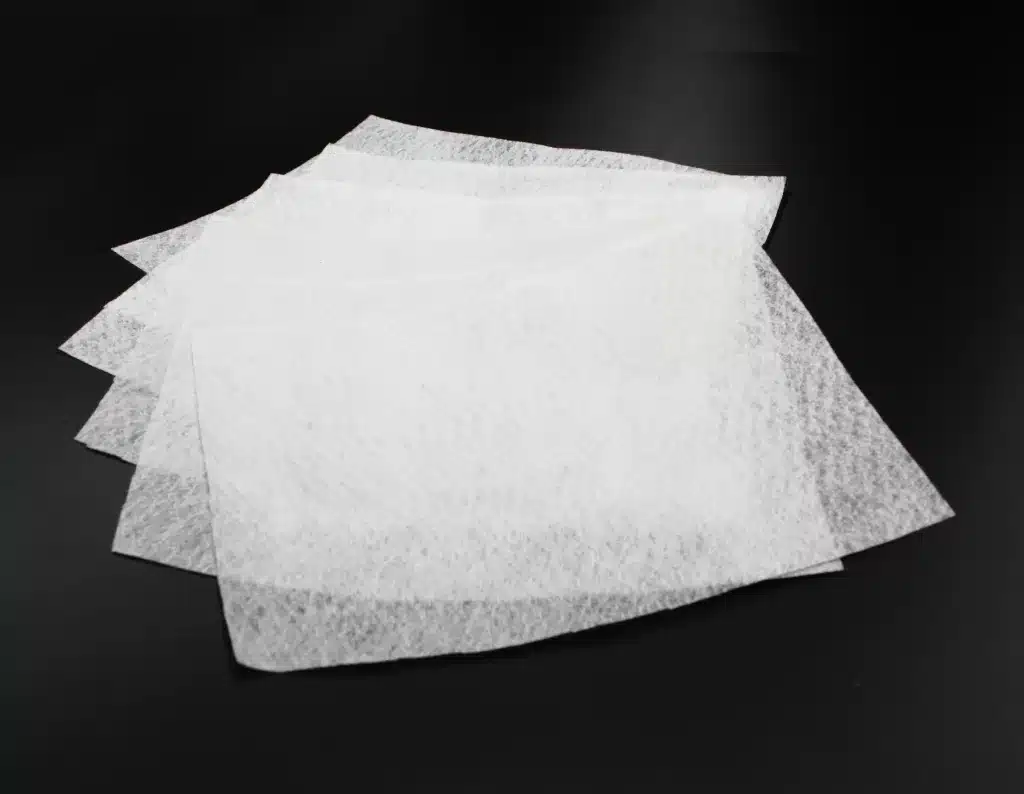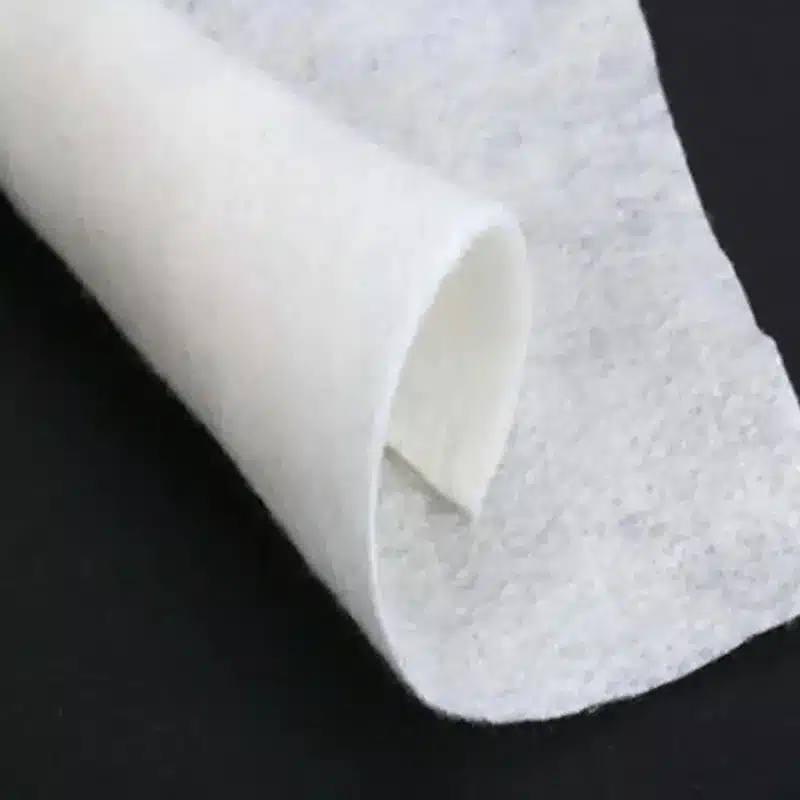Woven vs Non-Woven Geotextiles: Which Is Best for Your Project?
In the world of textiles, the distinction between non-woven and woven fabrics is significant, influencing everything from construction practices to everyday consumer goods. This article explores the fundamental differences between these two types of materials, emphasizing that woven geotextiles have higher strength values, suitable for applications requiring durability, while non-woven geotextiles offer higher flow rates and permeability, ideal for uses demanding filtration. By delving into their respective advantages, applications, and suitability for various purposes, we aim to clarify which type of textile might be better suited for specific uses, enhancing your understanding of their unique characteristics.
Which is better, woven or nonwoven geotextile?
The choice between woven and nonwoven geotextiles depends on the specific requirements of the project. Woven geotextiles, which are typically made by weaving narrow strips of fabric together, are not only more durable than nonwoven geotextiles but also highly suitable for stabilization and reinforcement applications due to their higher tensile strength. Conversely, nonwoven geotextiles are generally manufactured through bonded fibers, making them excellent for drainage, filtration, and separation. Therefore, the “better” type is contingent upon the application’s demands regarding strength, filtration, and durability.

Where is woven geotextile used?
Woven geotextiles are extensively used in applications that require robust reinforcement and stabilization. Common uses include road construction, where they are utilized to stabilize the ground under roads and highways; embankments on soft soils to enhance durability and prevent erosion; and in retaining wall construction, where they help distribute loads and improve stability. Additionally, they are also used at the bottom of French drains, below ponds, and on riverbanks, where their tight weave offers significant resistance to puncture and tearing, making them ideal for high-load-bearing applications.
Where is non-woven geotextile used?
Non-woven geotextiles are primarily used in scenarios requiring excellent drainage and filtration. These include landscaping projects to separate soil layers and prevent weed growth without hindering water flow; drainage systems in sports fields and backyards; and erosion control measures where water flow needs to be managed without soil displacement. Their ability to filter and allow the passage of water while containing finer soil particles makes them indispensable in protective and environmental applications. In most cases, woven fabrics are more durable and strong than non-woven, due to the reinforcement provided by thread crossing thread, creating a strong barrier. However, while a non-woven could be stronger than a woven fabric in certain scenarios, its durability is entirely dependent on the materials used.
What is the difference between woven and non-woven textiles?
The key difference between woven and non-woven textiles lies in their production process and physical properties. Woven textiles are produced by interlacing two sets of threads at right angles to each other, creating a criss-cross pattern. This technique provides strength and durability but limits flexibility. Non-woven textiles, however, are made directly from separate fibers, molten plastic, or plastic film. They are flat or tufted porous sheets that are bonded together mechanically, thermally, or chemically, not requiring the conversion of fibers to yarn. Typically, a certain percentage of recycled fabrics and oil-based materials are used in their production. They are generally more flexible and softer, making them suitable for applications requiring padding, filtration, or specific permeability.
The debate between non-woven and woven textiles is not about which is superior, but rather about which is more appropriate for a particular use. Woven geotextiles excel in applications requiring strength and durability, while non-woven geotextiles are preferred for tasks needing excellent filtration and flexibility. Understanding these differences is crucial in sectors ranging from civil engineering to environmental conservation, helping professionals choose the right material based on specific project needs and environmental conditions.



Comments
Post a Comment